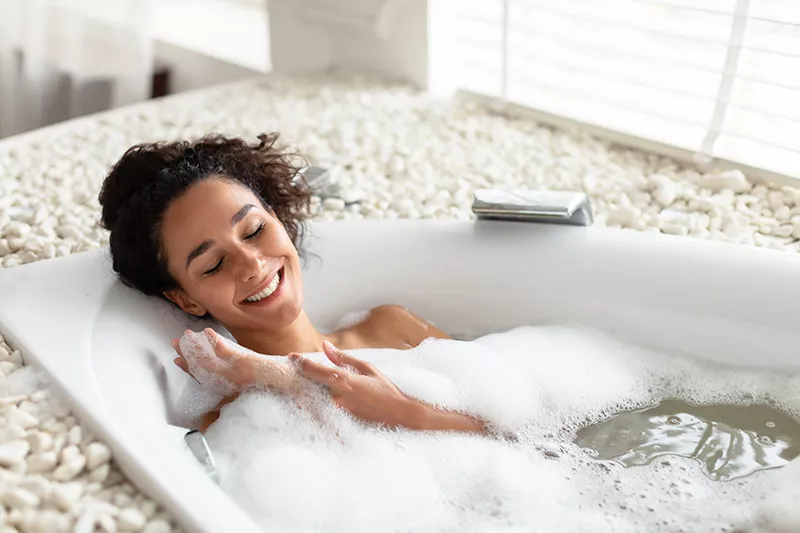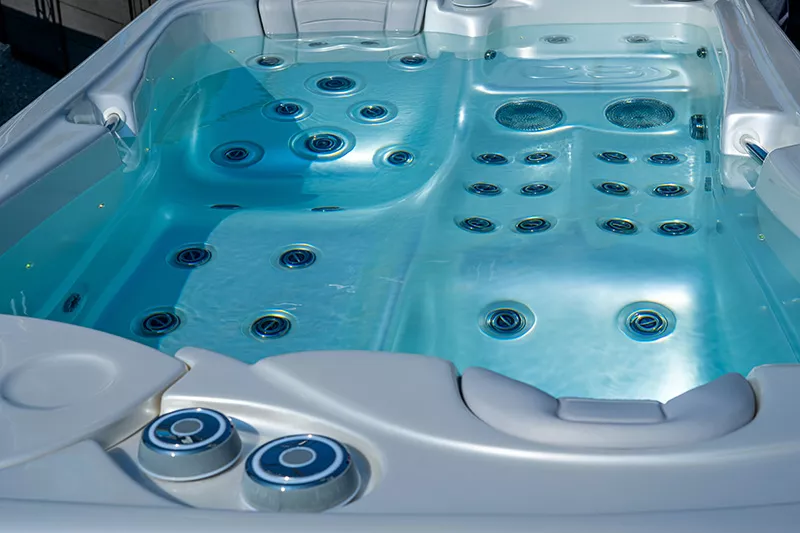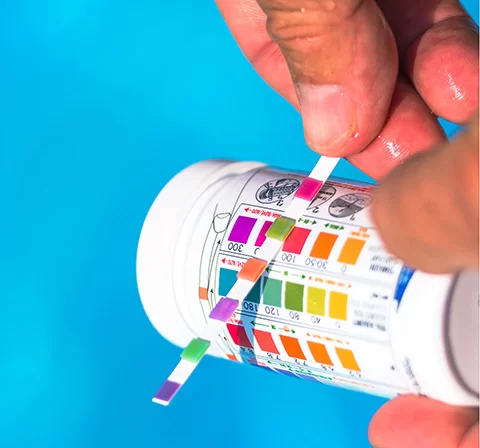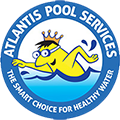Spa care tips for clean and healthy spa water
Spa care tips for clean and healthy spa water
Spa Care Tips
Some say that the origin of the word ‘spa’ is derived from the Latin term ‘Salus per Aquam’. This translates to ‘health from water’. Other historians claim that spas were named after a small Belgian town called Spa. The mineral-rich thermal waters of this town’s natural springs were utilised by weary, wounded Ancient Roman soldiers after battle. Either way, spa-type therapies have been around for thousands of years, along with the belief that soaking in warm mineral waters had curative health properties.
Modern day spas have come a long way since ancient times. Nowadays, there are many types of spas and spa treatments to improve your health and well-being. These include post-exercise, skin health & blood circulation, massage, entertainment, rehabilitation, relaxation and stress relief benefits.
However, whatever reasons you have for owning or using a spa, ensuring that your spa water quality is always safe and healthy comes first. This is achieved by regularly maintaining your spa or hot tub, and expertly managing any potential health risks associated with them.

Checking Spa Water Quality
Maintaining spa water quality follows slightly different guidelines to the ones used for pool water. Since spas contain a much smaller water volume ratio to users and create fewer splashes, they usually contain more Total Dissolved Solids (TDS) than pools. That means you’ll need to change your spa’s entire volume of water every three or four months. Alternatively, you can progressively replace a third of your spa’s volume every month or so for similar treatment results.
The main difference between chemically treating spas and pools is that the latter is a usually a much smaller, warmer body of water. When applied correctly, the right combination of spa chemicals will ensure your spa water stays safe, healthy and free from microbiological hazards – such as bacteria, viruses and algae.
In general, you’ll need to test your spa water prior to each use. But, if it’s not in use, test it every week. When you test, you will be checking the pH, chlorine and bromine levels. The pH level should sit between 80-120ppm. After you’ve applied spa chemicals to your spa, wait at least an hour before allowing bathers to enter. Lastly, if you have sensitive bathers, there are chlorine-free alternatives available to treat your spa water.

Recommended Spa pH Levels
It’s important to measure and balance your spa water pH because incorrect pH levels can cause bather irritation and discomfort. They can also corrode metal fixtures, affect water quality, reduce sanitiser effectiveness, and cause scale formation on spa surfaces.
Fortunately, testing and balancing your spa water’s pH levels is a straight forward process.
PH levels range from 1 to 14pH with 7pH being neutral. If your spa water is under 7pH, it has an acidic pH. Any reading over 7pH indicates that your spa water has an alkaline pH. When balancing your spa water pH, aim for a pH of 7.2 to 7.8. Retest after allowing balancing chemicals to fully dissolve for an hour. To confirm whether or not your pH testing and balancing is correct, take a water test sample for a more accurate free water analysis at our store.

SPA Health Hazards & Sanitising your Spa Water
Microbiological hazards pose the greatest health risk to a spa user because they can cause infection and disease. In addition, bacterial proliferation increases in warm or tepid water, while sanitisers can lose effectiveness rapidly in hot spas. That’s why it’s essential to check and sanitise your spa regularly when in use – to ensure safe, healthy water for users.
The most popular chemicals used by spa owners to sanitise your pool are Chlorine and Bromine. However, there has been a shift to more natural, non-chemical spa treatments that are gentler on users – incl. spa salt chlorinators, bio ionisers and ozone generators. The benefits of non-chemical based sanitisers include less discomfort, health side effects and indoor air pollution. They’re also eco-friendly.
In regards to ozone systems, they are not a stand-alone sanitiser. However, they provide enough natural sanitation and oxidation effects to significantly offset the use of other sanitisers.
Spa Chemical Sanitiser Dosage
Sanitiser dosage amounts will vary according to usage rates and water temperature. For example, if you run your spa at high temperatures, sanitisers degrade faster – so check sanitiser levels with every spa use. As a rule of thumb, chlorine levels should be maintained at 2 to 3ppm, Bromine at 3 to 4ppm and PHMB at 15 to 50ppm. Spa shock should also be applied during spa high-usage periods to eliminate odours and cloudy water.
Essential Spa Care Tips
- Regulate spa water temperature at between 35˚C and 38˚C. Do not set over 40˚C.
- Soak and clean spa filter every few months
- Remove hair and lint from pump basket
- Store spa chemicals in a secured cool, dry area
- Add chemicals to water individually (Avoid wetting or mixing spa chemicals together)
- Fasten spa safety cover when not in use.
- Avoid submerging head under water. Spa suction inlets can entangle hair.
- Children should be under constant adult supervision
- Check spa suction inlets are functioning regularly
- Ensure spa suction inlet covers are still fitted properly
- Refresh total volume of spa water every three months
